- Refining VC
- Posts
- The GP Content Matrix
The GP Content Matrix
The Four Types of Investor and What They Should Be Publishing
"What kind of content should we be making? Whose content should we copy? Where do we fit as a fund?"
These are the questions that come up constantly - from platform teams trying to support their GPs and from partners themselves wondering why content feels so hard.
The answer is less straightforward than most people want.
Some GPs love writing 5,000-word memos, others prefer tactical playbooks or podcasts. None of these approaches is inherently better - but forcing someone into the wrong format guarantees mediocre results and frustrated partners.
This week’s framework exists to diagnose fit. Whether you’re a platform lead managing different personalities or a GP wondering why content feels off - start here.
In our Full Stack VC Marketing breakdown, we showed how Brand, Content, Media, and PR need to work as an integrated system. But that system only works when you've first diagnosed which content styles actually fit each GP.
Get this right, and content gets easier, sharper, and more effective. Get it wrong, and you waste months creating things for nobody while your partners resent the process.
The GP Content Fit Matrix:
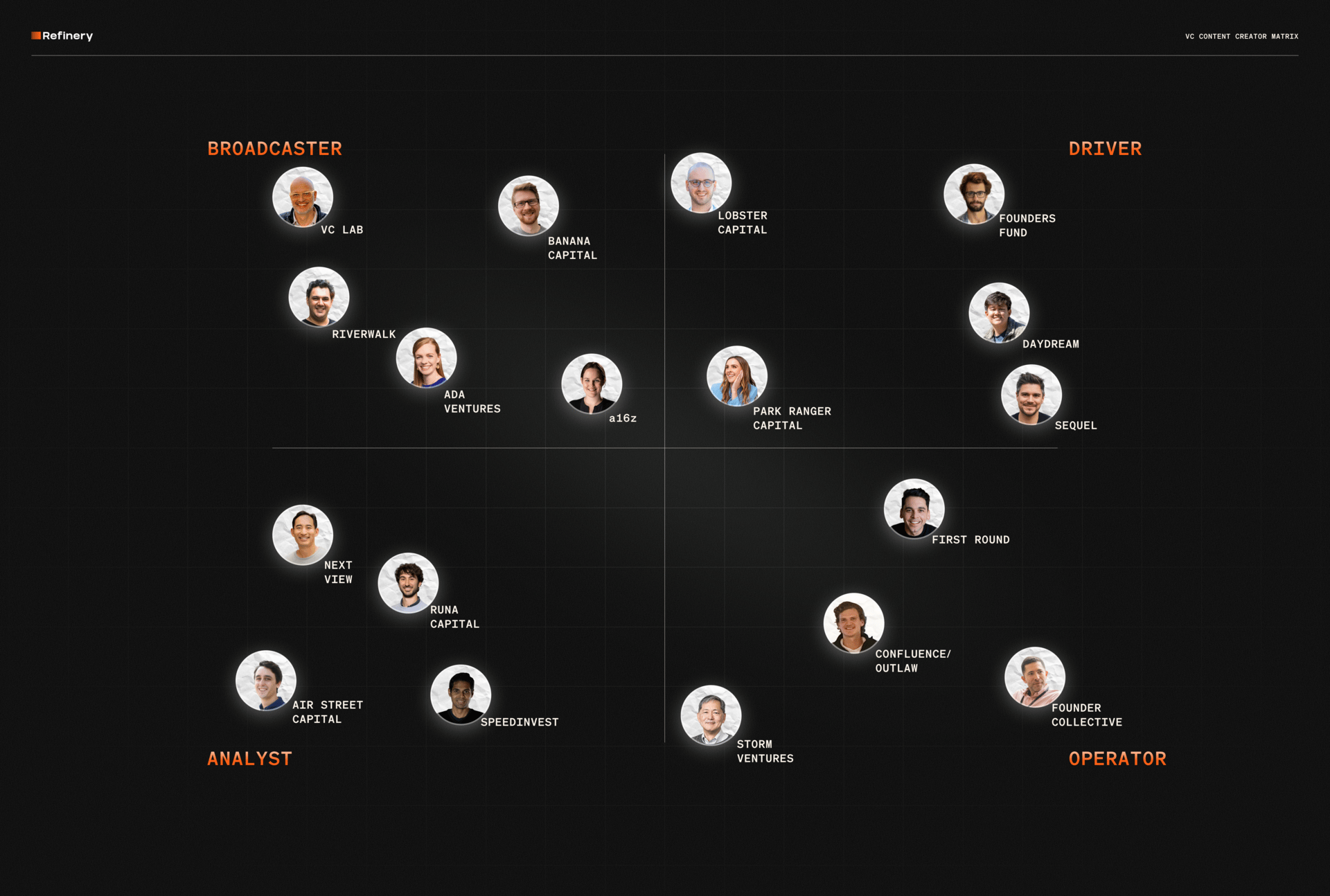
VC Content Creator Matrix*
This framework focuses on individual GP content - their personal posts, writing, and public presence. This can work alongside broader fund marketing, or in some cases, become the primary content engine itself. The balance depends on fund size, resources, and strategy.
The matrix maps GPs across two dimensions:
How they create value: Do they build frameworks from research and analysis, or develop systems from operational experience?
How they communicate: Do they work best creating for close networks and portfolio companies, or broadcasting to the wider market?
This gives you four distinct archetypes: Broadcaster (top-left), Driver (top-right), Analyst (bottom-left), and Operator (bottom-right).
Every GP has a home quadrant - the content style where they shine without friction. Many also skew to a secondary area where they can borrow formats from. The GP or the platform team's job is to identify that natural fit and build infrastructure that makes their best work sustainable.
The GPs plotted on this matrix were chosen because:
I actually see their content - These are people whose work appears in my feeds, I follow, or frequents my reading list.
They represent scale diversity - Not every example needs a massive team or budget to be instructive.
* I've avoided the obvious examples like Harry Stebbings or Jason Lemkin. Not because they're not excellent, but their operations aren’t useful as a reference point for Solo GPs or platforms trying to support 3-6 partners with limited resources.
The GPs here show what's possible when you match format to natural ability, regardless of fund size or content team sophistication.
Broadcasters
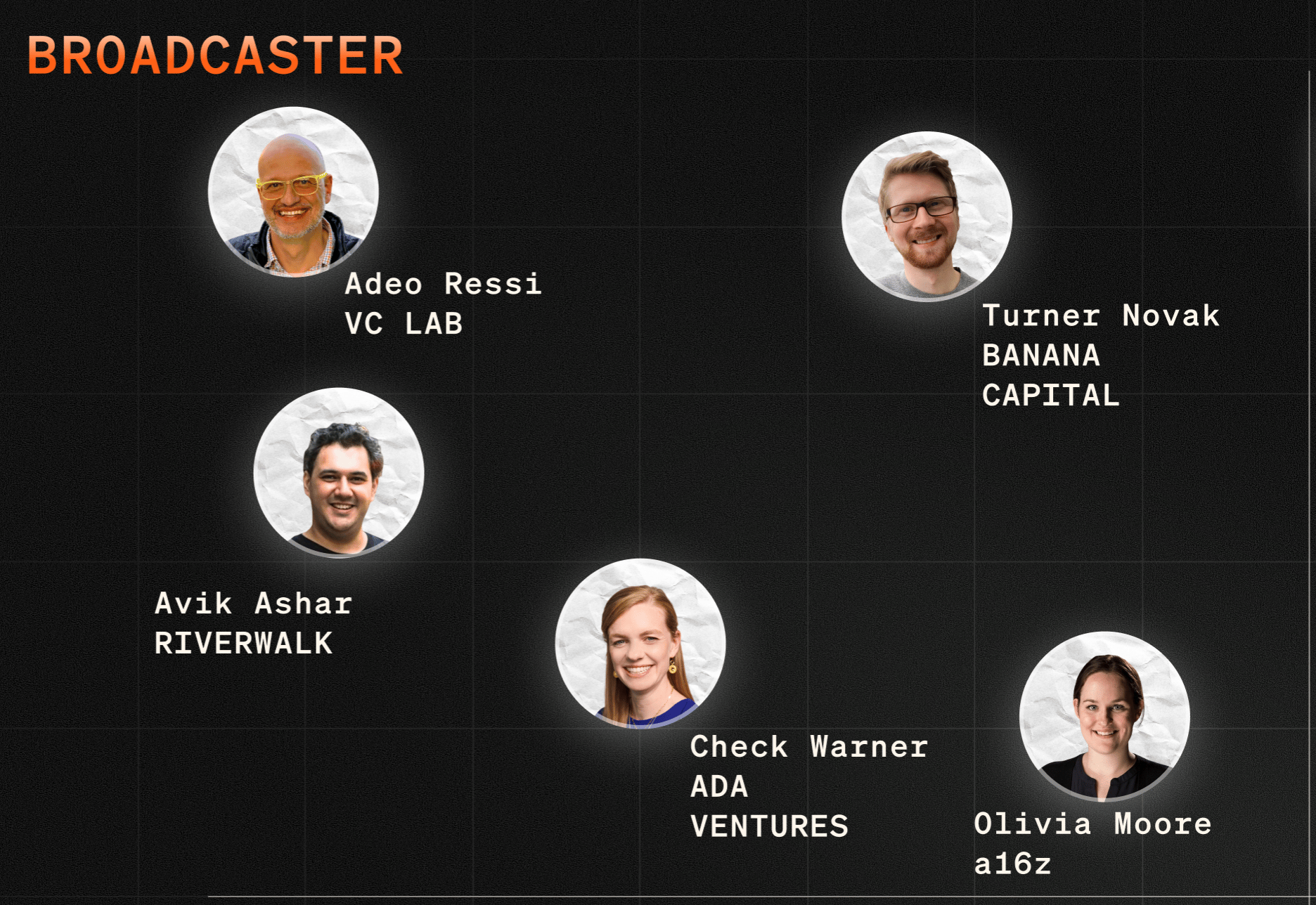
Broadcasters are storytellers and narrative-shapers. They push ideas outward through LinkedIn, op-eds, podcasts, conference talks, and media appearances. They don't always dive into spreadsheets—their edge is perspective, consistency, and repetition. Broadcasters win by being the voice people expect to hear when a topic comes up.
Examples:
Avik Ashar (Riverwalk) Frequent LinkedIn posts for founders and emerging VCs. Shares tactical advice (e.g. DD frameworks, fundraising prep). Repurposes via Substack for more evergreen reach.
Adeo Ressi (VC Lab) Movement-builder voice. Posts regularly to rally global emerging manager base. Directional > detailed. Momentum matters more than polish.
Turner Novak (Banana Capital) Media first identity, leans into memes, humor, and virality to drive awareness. Prioritises top-of-funnel visibility over deep dives or tactical specificity.
Check Warner (Ada Ventures) Public face of Ada on LinkedIn. Shares personal updates, fund news, and ecosystem takes. Sometimes analytical, but skews visible > tactical.
Olivia Moore (a16z) Active across X, podcasts, and short-form video. Combines deep dives with high-volume output. Lives near the centre, but channel breadth puts her here.
Playbook:
Build their media machine. Broadcasters need systematic distribution support:
Create swipe files of trending topics in their sectors
Set up news monitoring for PR opportunities (journalists looking for expert sources)
Develop relationships with conference organisers and podcast hosts
Build a content calendar that maintains consistent visibility
Ghost-write or heavily edit their posts to maintain quality at volume.
Track and communicate reach, show them how their public presence is growing quarter over quarter.
Make content creation frictionless. Set up Slack channels where they can drop quick takes that your team turns into polished posts. Record their verbal riffs and transcribe them into articles. Capture their conference talks and repurpose them across formats.
Drivers
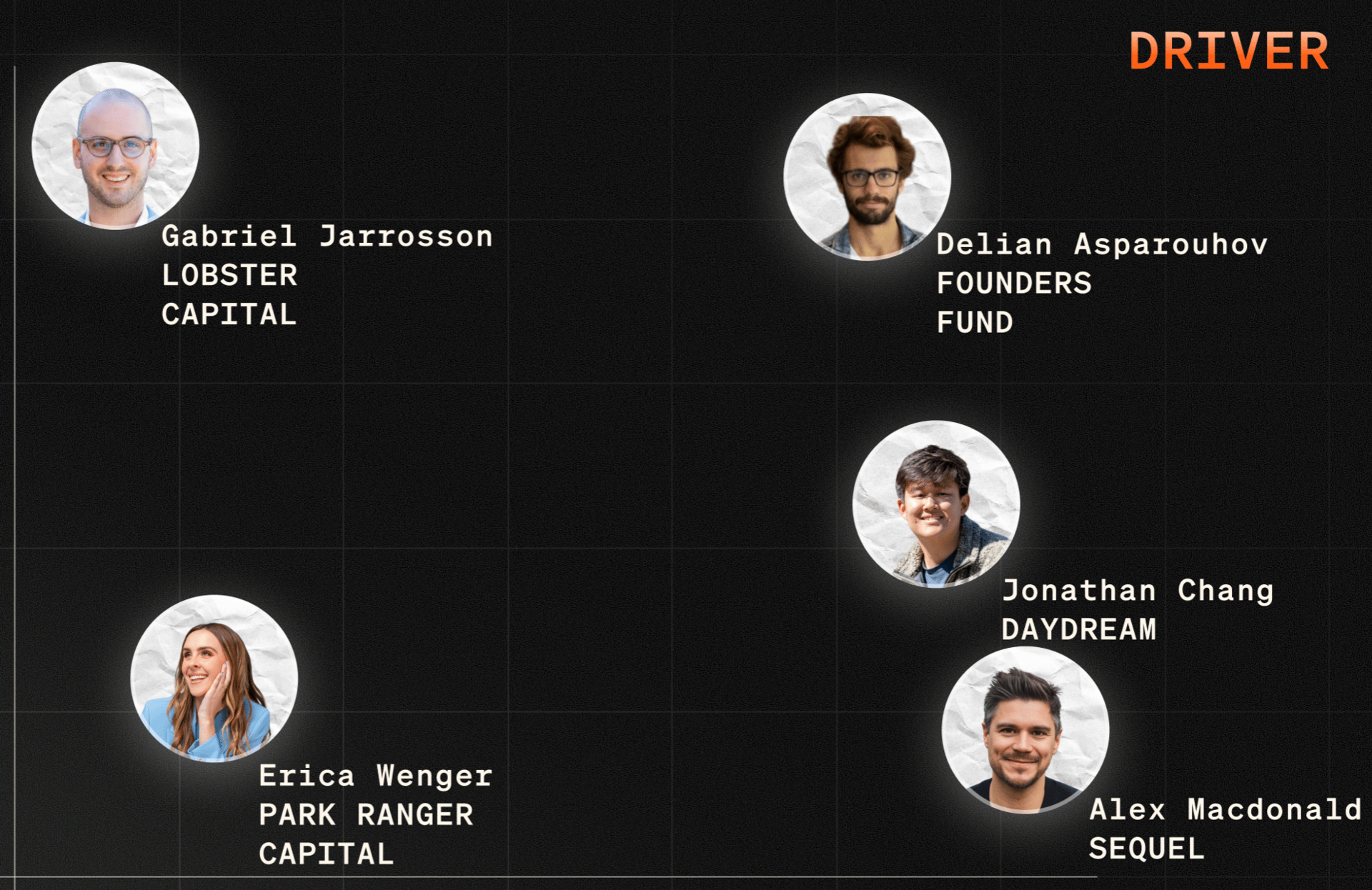
Drivers are catalysts. They thrive on visibility, speed, and experimentation—trying new formats, posting candid takes, maintaining high output volume. Drivers make venture feel alive through content, topical takes, viral LinkedIn posts, and even TikTok. They're execution-first, outward-facing, and win attention by being dynamic and prolific.
Examples:
Alex Macdonald (Sequel) does candid video content, quick takes, essays on non-VC topics like UK politics but skews lower in the quadrant towards operator orientation with A+ tactical advice and format depth.
Gabriel Jarrosson (Lobster Capital) experiments across formats with high-energy content, tests new formats constantly at volume (broadcaster skew).
Delian Asparouhov (Founders Fund) maintains high-volume, known for “chaotic good” energy - content may lack polish but builds momentum, clarity, and cultural weight on X.
Erica Wenger (Park Ranger Capital) thoughtful and thesis-driven, skews Analyst but uses Driver tactics. Uses TikTok to make longer form emerging manager ideas more digestible.
Jonathan Chang (Daydream Ventures) action-biased, direct, and brand-oriented. Posts energetic takes aimed at early-stage builders, ecosystem operators, and Gen Z founders.
Playbook:
Remove all friction from publishing. Drivers need to move fast:
Give them direct publishing access (no approval bottlenecks)
Set up simple video recording setups (good mic/lighting, one-click recording)
Create rapid-response systems for trending topics
Build swipe files of formats that work (meme templates, video structures)
Provide light editing support but don't slow them down
Embrace experimentation. Drivers will try things that fail. That's the point. Your job is to:
Track what actually works and help them double down
Create A/B testing frameworks for formats
Celebrate experiments, not just successes
Help them learn from analytics without over-optimising
Pair volume with distribution. Drivers create a lot of content - make sure it actually reaches people. Set up cross-posting systems, clip their longer content into short-form, and maintain their posting frequency across platforms.
Analysts
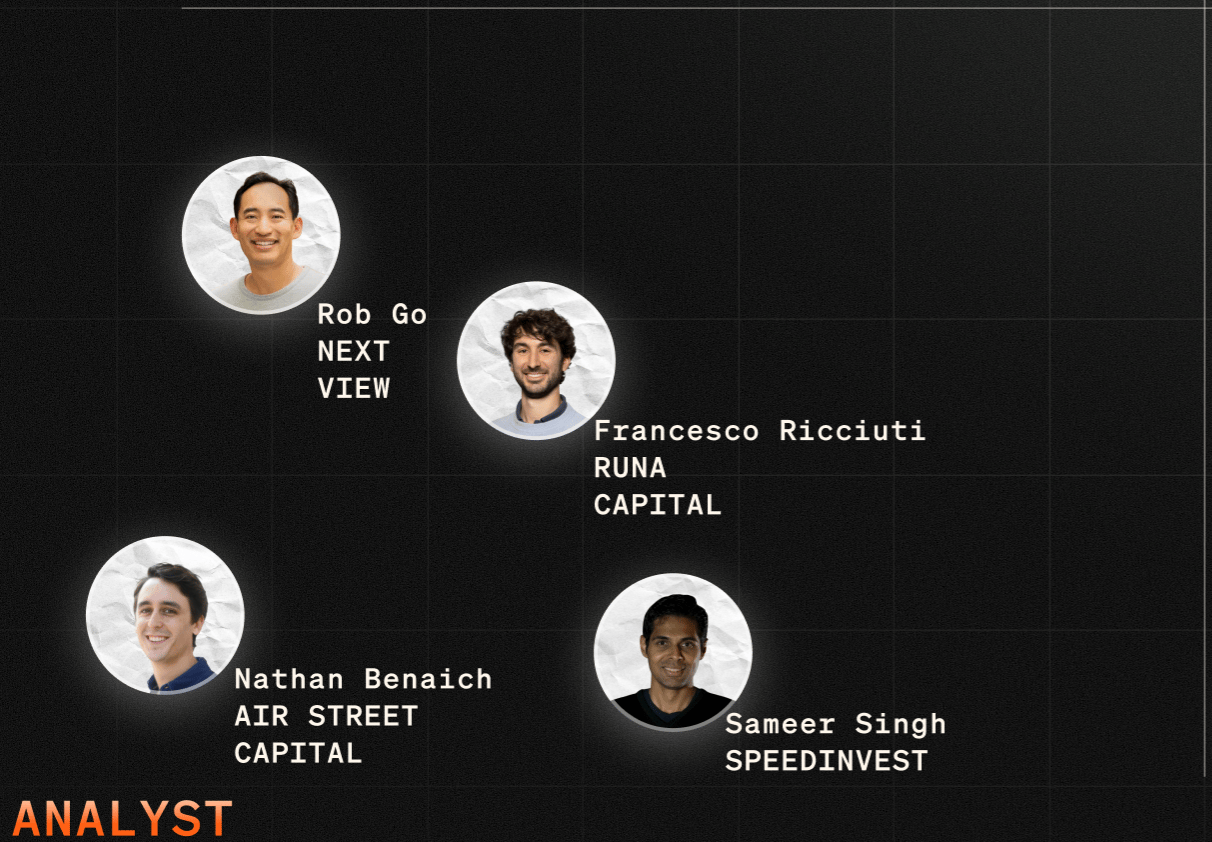
The Analyst is a framework-builder. They thrive on research, data, and long-form writing that compounds over time. Their content is designed for serious readers - founders, LPs, peers - who want structured insight rather than quick hits. Analysts write the memos everyone else ends up quoting.
Examples:
Sameer Singh (Speedinvest) Writes some of the sharpest work on network effects, platform strategy, and second-order thinking. His frameworks are rigorous, and while there’s an operator skew, he prioritises structural clarity over personal takes.
Rob Go (NextView) Veteran voice with clear macro perspectives on the evolving venture landscape. Skews higher up as pairs this with occasional tactical breakdowns for founders.
Nathan Benaich (Air Street Capital) Deeply embedded in the AI world. Produces the State of AI Report, technical writeups, and forward-looking commentary that define the category - this is textbook “thought leadership”.
Francesco Ricciuti (Runa Capital) Emerging voice via Unbeaten Path, a standout Substack exploring the deep history and future of foundational tech. Not a GP, but sets a high bar for intellectual curiosity, systems thinking, and structured research.
Playbook:
Give them time and data infrastructure. Analysts need space to think and access to proprietary information that makes their analysis unique. Set up:
Quarterly research sprints where they're protected from other demands
Data partnerships or internal analytics to surface unique insights
Editorial support to help structure long-form pieces
Distribution strategy that prioritises depth over reach (targeted email lists, founder Slack groups, LP communications)
Pair their perspective with firm data. Magic happens when you combine their analytical lens with proprietary metrics. If they're writing about unit economics, can you pull anonymised data from your portfolio to illustrate? If they're analysing fundraising trends, can you surface your own deal flow patterns?
Don't force frequency. One exceptional piece per quarter beats weekly mediocre posts. Build a content calendar that respects their need for deep work. Repurposing this content can be a second order effect but less of a priority.
Operators
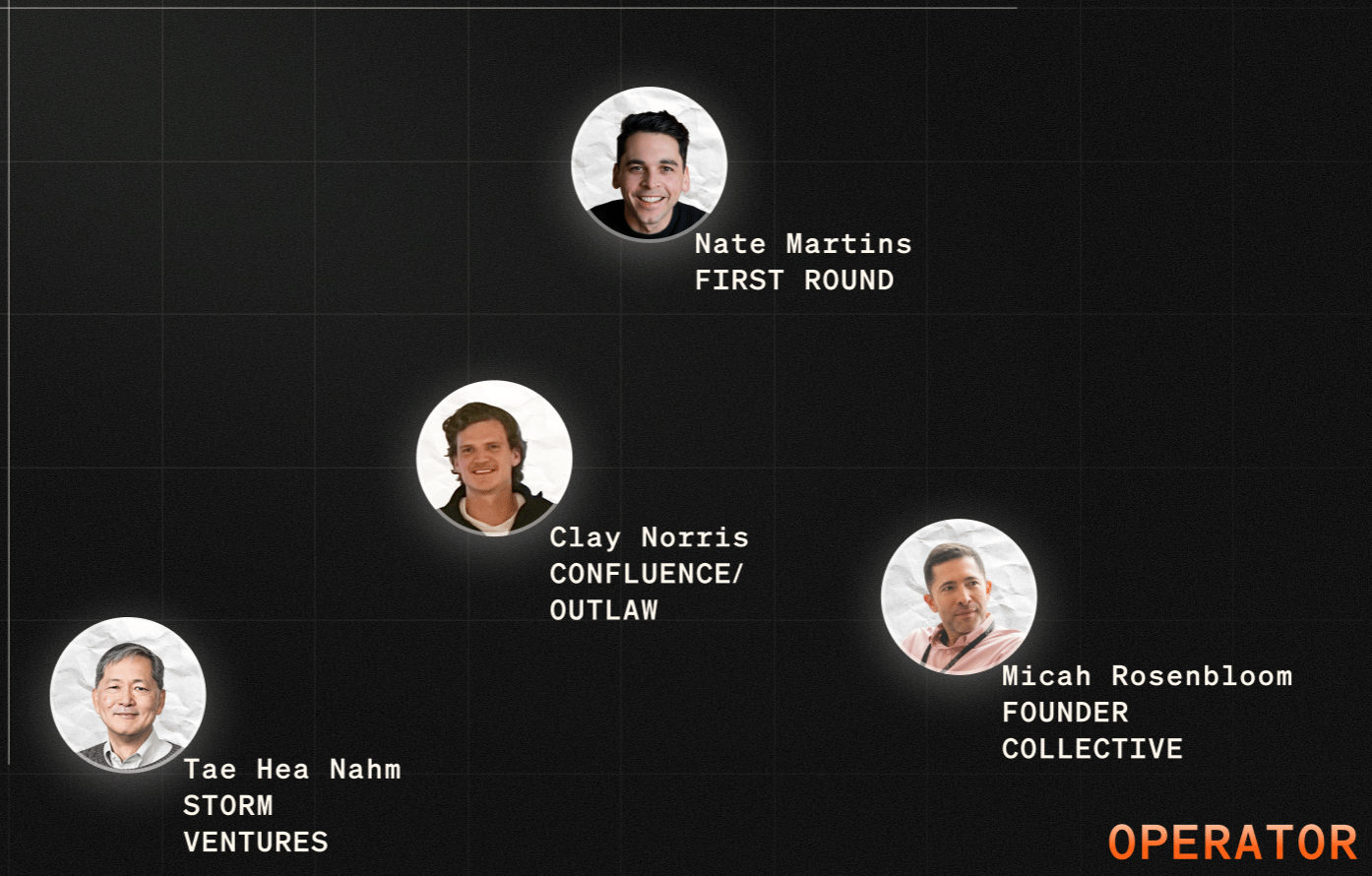
Operators are playbook writers. They draw on operational scars - past startups, functional expertise - and turn them into usable, repeatable systems. Their content is designed to help companies win: blog posts, internal guides, templates, private webinars, founder office hours, "how-we-did-it" case studies.
Examples:
Tae Hea Nahm (Storm Ventures) wrote Survival to Thrival, quickly becoming a go-to manual for SaaS founders. Draws a lot on his experiences as Airespace founder (acq by Cisco).
Clay Norris (Outlaw) runs Confluence.VC, essentially a living ops manual for other investors and founders, and builds his fund, Outlaw, in public.
Micah Rosenbloom (Founder Collective) shares nuts-and-bolts lessons on hiring and scaling, and shares a lot of first hand VC content.
Nate Martins (First Round) First Round's head of content. Included as proxy for their 8 partners, because First Round's tactical founder content demonstrates what Operator-style content can achieve at scale. A+ tactical content for founders across multiple formats (hence skew to Driver).
Playbook:
Turn their expertise into scalable systems. Operators have built playbooks in their heads from years of operating experience. Your job is to extract and systematise them:
Run structured interviews to document their processes/history.
Create template libraries (hiring scorecards, OKR frameworks, board deck structures).
Repeatable formats like newsletter with predictable formatting.
Build founder resource hubs that operators can populate.
Set up regular "office hours" or closed communities where they can engage directly.
Focus on portfolio impact metrics. Operators care about results, not vanity metrics. Track how many portfolio companies actually use their playbooks, implement their frameworks, or attend their sessions. Share those impact stories back with them.